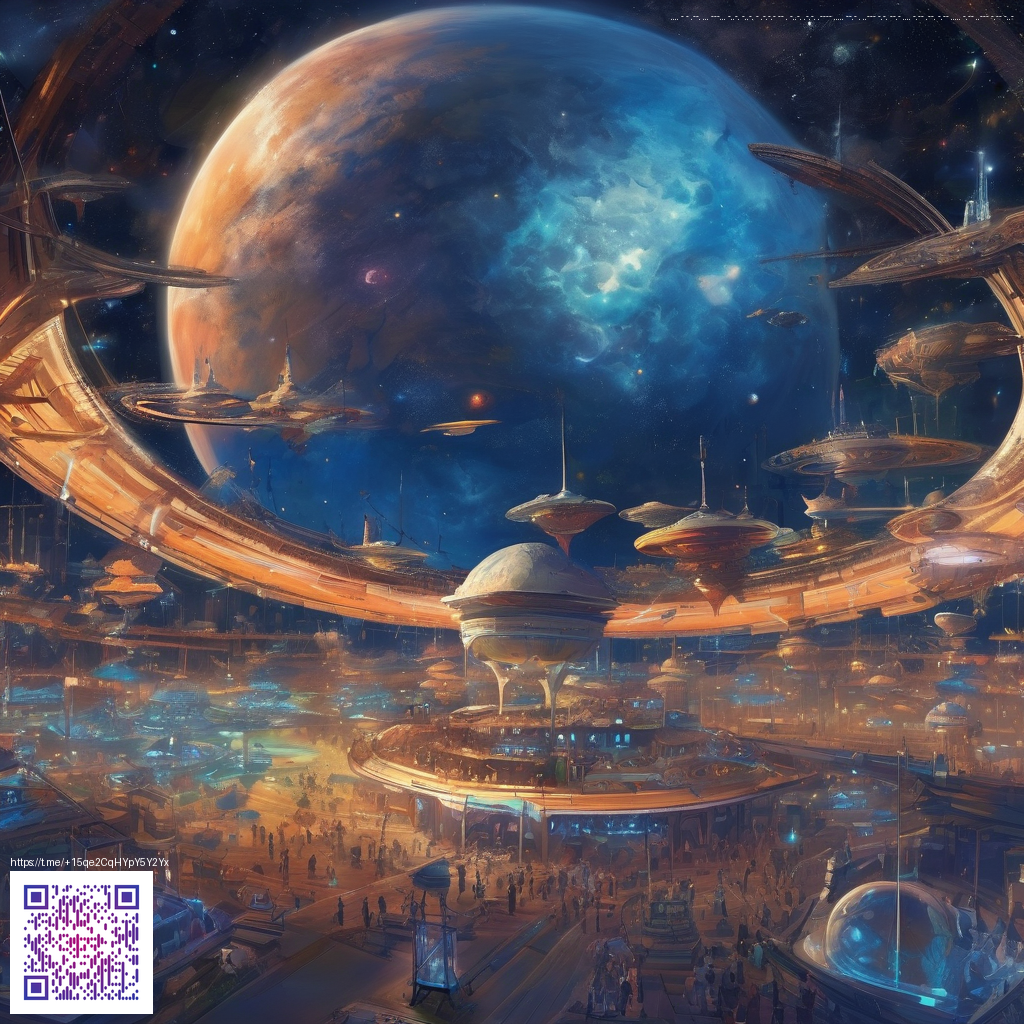
Why Noise Adds Character to Texture
Texture design sits at the crossroads of visual appeal and tactile experience. Noise, grain, and irregularities aren’t just “flaws” to be stamped out; they are signals that surfaces are real, lived, and perform under actual use. In digital rendering and physical materials alike, intentional noise brings depth, prevents flatness, and guides the eye. When you study how light interacts with a slightly imperfect surface, you notice micro-variations that break up predictable reflections and create a more convincing perception of materiality. This is how a design goes from looking polished to feeling authentic.
Embracing imperfection as a design language
Imperfection communicates history and intentionality. A surface that isn’t perfectly uniform suggests it has endured contact, wear, and interaction—all of which can be desirable in products that aim to feel premium yet approachable. Designers increasingly lean into controlled randomness: small, repeatable but non-obvious deviations that give texture a signature. The result is a perceivable tactility, where users sense grip, warmth, and character even before they touch the object. This approach also helps differentiate a line in a crowded market, because texture becomes a storytelling element rather than a mere aesthetic afterthought.
“Noise is not a flaw; it’s the fingerprint of materiality that brings warmth and depth to surfaces.”
To translate this idea into concrete outcomes, teams deploy several strategies. They combine multiple scales of variation so the texture doesn’t feel repetitive, yet remains coherent across the product. They blend glossy areas with micro-scratches or brushed grains that catch light differently, controlling glare while preserving elegance. And they select materials whose natural characteristics reinforce the intended feel—lexan polycarbonate, polycarbonate blends, and layered coatings can all host nuanced texture in a way that looks engineered rather than accidental.
Techniques to weave noise into texture
- Layer noise at different spatial frequencies to avoid obvious tiling or repetition
- Use procedural textures to simulate natural variation rather than static patterns
- Incorporate micro-imperfections like tiny scratches, specks, or brushed grains
- Balance gloss with matte elements to manage reflections and perceived warmth
- Align texture choices with material properties to enhance tactile realism
For a tangible touchpoint, consider how a protective shell might integrate these ideas. A product like the Slim Glossy Phone Case for iPhone 16 - Lexan PC demonstrates how you can preserve a high-gloss appearance while introducing subtle texture cues that improve grip and feel. The interplay between a reflective surface and restrained noise creates a premium look without compromising usability. In practice, this kind of design keeps fingerprints at bay in some lighting while letting the surface reveal its depth when viewed at different angles.
Exploring texture in this way also invites designers to connect with readers who care about both aesthetics and function. If you’re curious to see how others talk about experimentation, this related piece on texture and imperfection provides a complementary perspective: https://rusty-blog.zero-static.xyz/5a21c21a.html.
Ultimately, embracing noise and imperfection is about fostering a sense of material truth. It invites users to feel the product rather than merely view it. By thoughtfully layering variation, designers can create surfaces that are visually compelling, emotionally resonant, and practically reliable—even as they celebrate the beautiful irregularities that texture design brings to the table.